The development of babies is typically divided into different stages of child development, each marked by specific milestones and changes. These stages are often categorised based on age ranges, and while every child is unique and may develop at their own pace, these general stages provide a framework for understanding typical patterns of development. The stages are:
Exploring the 6 Stages of Child Development
Stage 1: Newborn (0-2 months):
- Limited motor skills; reflexive movements.
- Developing sensory awareness.
- Sleeps for most of the day; irregular sleep patterns.
Stage 2: Infant (2-12 months):
- Rapid physical and sensory development.
- Formation of basic motor skills.
- Development of motor skills, including rolling over, sitting up, and crawling.
- Emergence of social behaviours, such as smiling and responding to familiar faces.
- Exploration through mouthing objects.
- Developing trust and attachment to caregivers.
Stage 3: Toddler (1-3 years):
- Increased mobility, walking, and later running.
- Developing language skills; vocabulary expansion.
- Beginning of symbolic play.
- Developing a sense of independence and autonomy.
Stage 4: Preschooler (3-5 years):
- Refinement of motor skills; fine and gross motor coordination.
- Language development continues; forming sentences and expressing thoughts.
- Socialization and play become more complex.
- Early stages of self-awareness and identity development.
Stage 5: School Age (6-12 years):
- Development of cognitive skills, including critical thinking and problem-solving.
- Further language development; reading and writing skills improve.
- Formation of friendships and social groups.
- Development of a sense of morality and understanding of rules.
Stage 6: Adolescence (13-18 years):
- Puberty and physical maturation.
- Emotional and psychological development; formation of identity.
- Exploration of independence and decision-making.
- Continued development of abstract thinking.
The introduction of multi-grain health mix to a baby’s diet can depend on various factors, including the specific product, the baby’s developmental stage, and individual health considerations. However, it’s generally recommended to start introducing complementary foods around 6 months of age. Before introducing any new foods, including multi-grain health mix, it’s essential to consider the following:
- Readiness Signs: Look for signs of readiness in your baby, such as the ability to sit up with support, good head control, showing interest in food, and the disappearance of the tongue-thrust reflex.
- Consult with a Pediatrician: Before introducing any new foods or supplements, consult with your pediatrician. They can provide guidance based on your baby’s specific developmental needs, health status, and any potential allergies or sensitivities.
- Start with Single-Ingredient Foods: When introducing solid foods, it’s often recommended to start with single-ingredient, iron-rich foods such as iron-fortified baby cereals. These can be introduced around 6 months of age.
- Introduce Multi-Grain Health Mix Gradually: If your paediatrician approves, you can introduce multi-grain health mix gradually as part of your baby’s diet. Start with small amounts and observe how your baby reacts. Multi-grain health mixes often contain a combination of grains like rice, wheat, oats, and more, providing a variety of nutrients.
- Texture and Consistency: Pay attention to the texture and consistency of the health mix. Babies who are just starting with solid foods may need a smoother consistency initially before transitioning to more textured options as they develop chewing skills.
Remember that every baby is different, and it’s crucial to monitor your baby’s responses to new foods. Always introduce one new food at a time and wait a few days before introducing another to identify any potential allergic reactions or sensitivities.
Ultimately, the introduction of multi-grain health mix or any complementary food should align with your baby’s developmental readiness and be done under the guidance of a healthcare professional.
Our Certified Health Mix Powder – Ideal for Your Baby’s Nutrition!
We are proud to present our lab-tested and certified health mix powder, designed to meet the nutritional needs of your precious little ones. Our product has undergone rigorous testing to ensure its safety and quality. Our product is designed to provide essential nutrients for your baby’s growth and development.
Key Features of our Health Mix:
- Lab Tested: Rigorously tested in a certified laboratory for safety and quality assurance.
- Certified: Our health mix powder is officially certified for infant consumption.
- Nutrient-Rich: Packed with essential nutrients to support your baby’s growth and development.
- Gentle on Tiny Tummies: Formulated with care to be gentle on delicate digestive systems.
Give your baby the best start with our trusted health mix powder. Because when it comes to your baby’s health, we leave no stone unturned.
Our Certified Health Mix Powder
Here are list of our all products from Aarral Shop Online
Explore a diverse range of quality products available at Aarral Shop Online. From trendy fashion to essential gadgets, our curated list has something for everyone. Browse now and discover the perfect items to elevate your lifestyle!
Showing 1–32 of 79 results
- Sold By: Anbarasi
- Sold By: Aarral.in
- Sold By: Aarral.in
- Sold By: Anbarasi
- Sold By: Anbarasi
- Sold By: Anbarasi
- Sold By: Anbarasi
- Sold By: Aarral.in
- Sold By: Aarral.in
- Sold By: Aarral.in
- Sold By: Aarral.in
- Sold By: Aarral.in
- Sold By: Aarral.in
- Sold By: Aarral.in
- Sold By: Aarral.in
- Sold By: Aarral.in
- Sold By: Aarral.in
- Sold By: Aarral.in
- Sold By: Aarral.in
- Sold By: Aarral.in
- Sold By: Aarral.in
- Sold By: Aarral.in
- Sold By: Aarral.in
- Sold By: Aarral.in
- Sold By: Aarral.in
- Sold By: Aarral.in
- Sold By: Aarral.in
- Sold By: Aarral.in
- Sold By: Aarral.in
- Sold By: Anbarasi

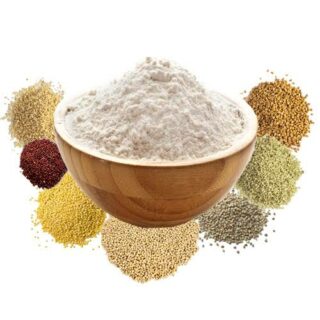





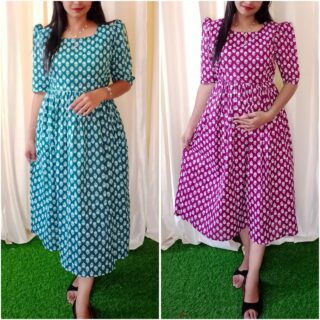

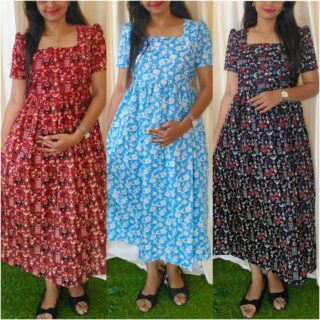
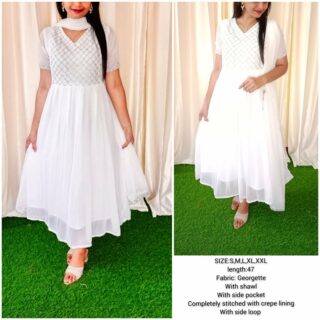
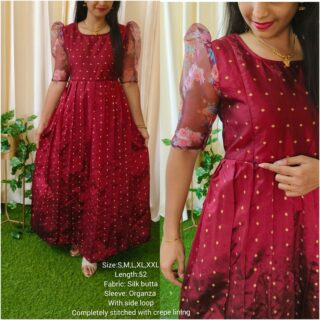

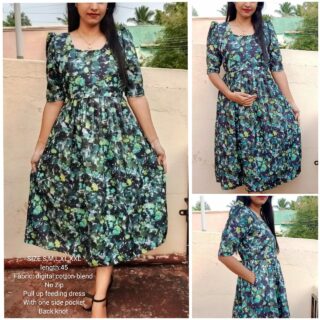

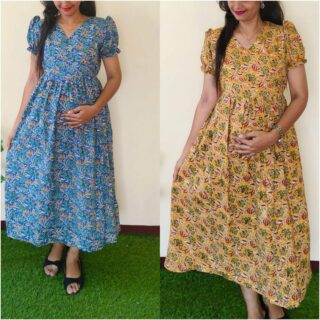
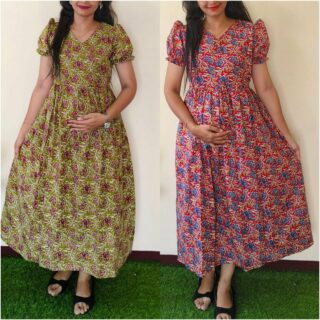
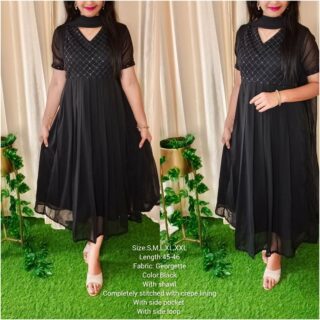
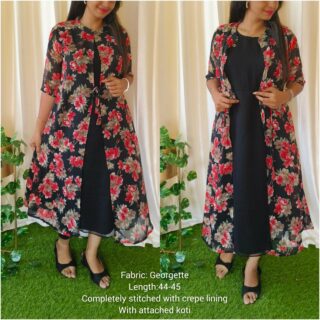



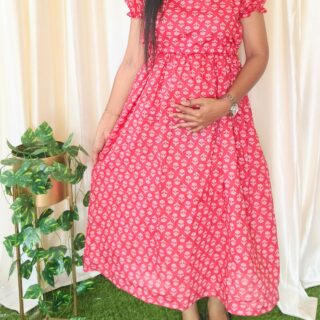
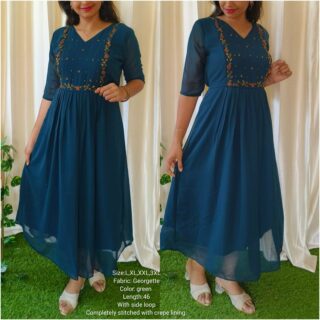
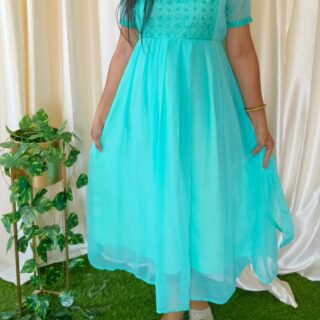


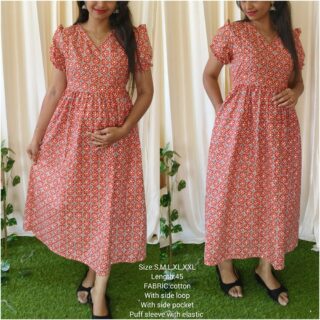

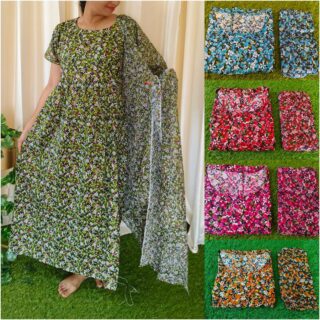
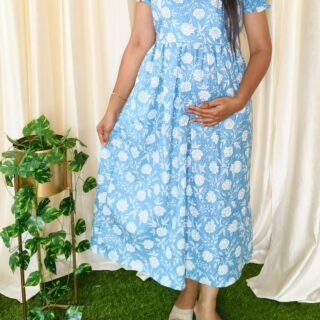
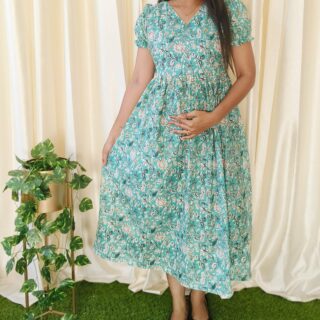

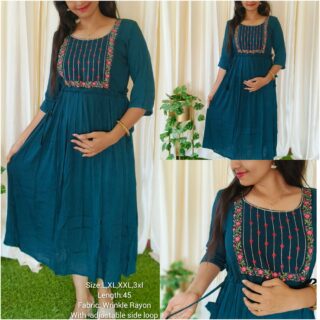

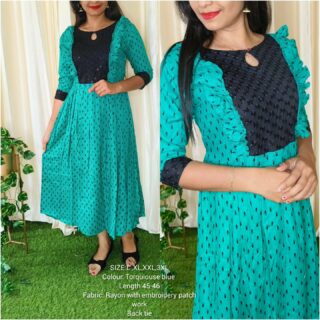



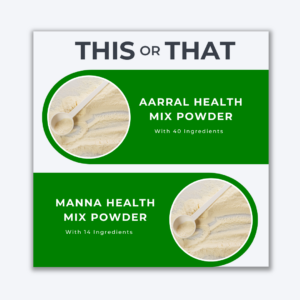

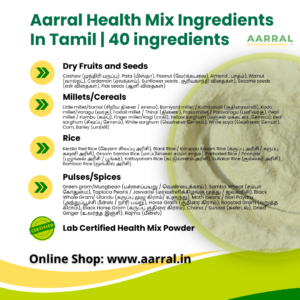


Leave a Reply